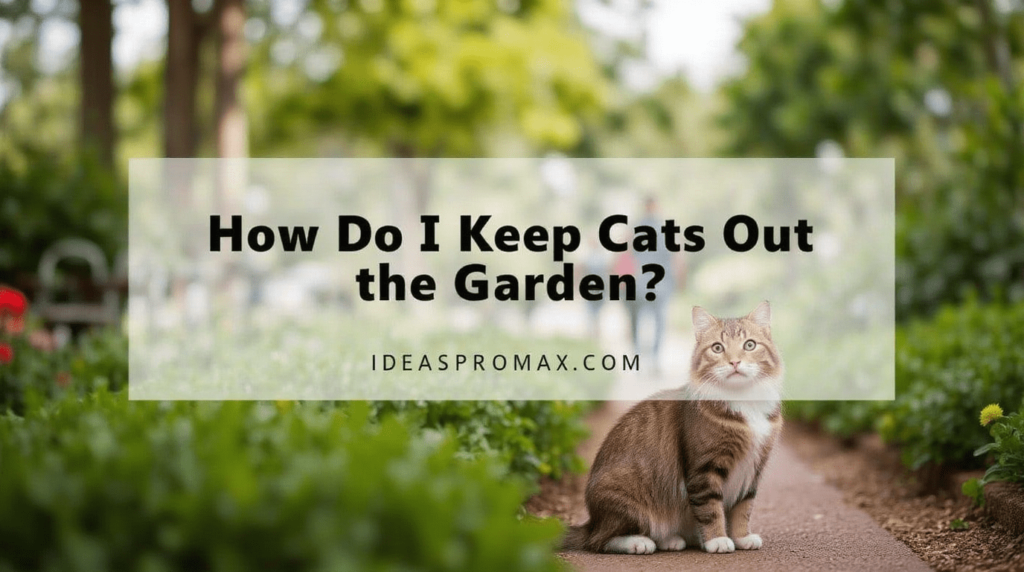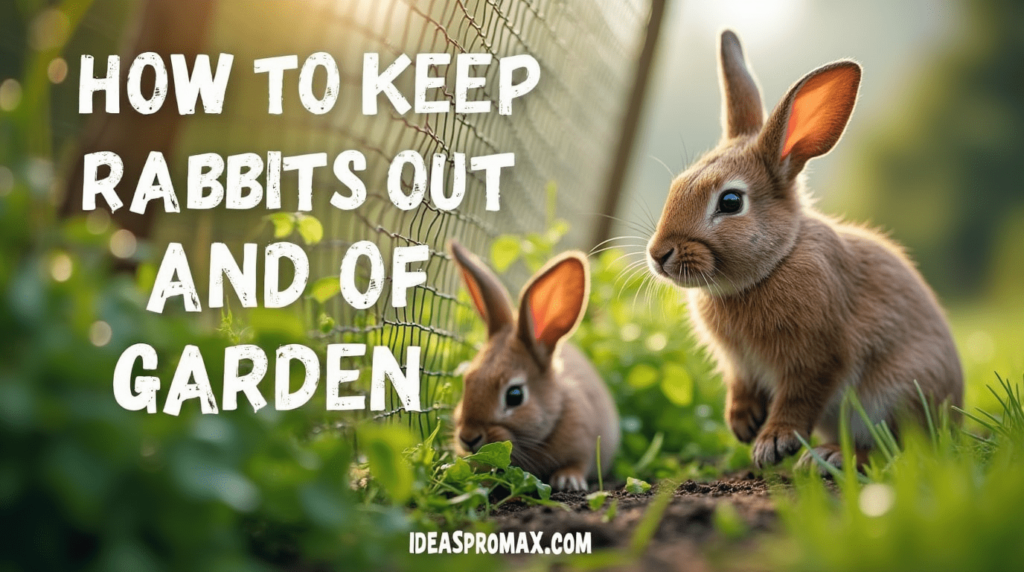is wood ash good for the garden
Gardening fans are finding a new friend in wood ash. It’s a natural way to make gardens better. Wood ash is full of nutrients that help plants grow strong.
Using wood ash in gardens is an old trick that’s coming back. It’s packed with minerals and helps keep soil pH right. Whether you’re growing veggies or flowers, wood ash can make a big difference.
Key Takeaways
- Wood ash provides valuable nutrients for garden soil
- Natural pH balancing properties improve soil chemistry
- Sustainable gardening solution with multiple benefits
- Can be used across different garden types and environments
- Offers an eco-friendly alternative to synthetic fertilizers
Understanding Wood Ash Composition and Benefits for Your Garden
Wood ash can be a powerful addition to your gardening toolkit. It offers unique benefits for planting and soil management. As a gardener, I’ve found its remarkable potential in improving garden health and productivity.
Wood ash is more than just a byproduct of burning wood. It’s a nutrient-rich material that can transform your flower beds and vegetable gardens when used correctly.
Is Wood Ash Good for the Garden?
Essential Nutrients in Wood Ash
The nutrient profile of wood ash makes it an exceptional soil amendment. Here are the key nutrients found in wood ash:
- Potassium: Supports plant growth and disease resistance
- Calcium: Strengthens plant cell walls
- Magnesium: Crucial for chlorophyll production
pH Balancing Properties
Wood ash acts as a natural lime alternative for gardening tools and soil management. Its alkaline nature helps neutralize acidic soils. This creates optimal growing conditions for many plants.
| Soil pH Range | Wood Ash Impact |
| Below 6.0 | Significant pH improvement |
| 6.0 – 6.5 | Moderate pH adjustment |
| Above 6.5 | Minimal pH changes |
Types of Wood Ash and Their Benefits
Not all wood ash is created equal. Hardwood and softwood ashes offer different nutrient profiles:
- Hardwood Ash: Higher mineral content, more potassium
- Softwood Ash: Lower mineral concentration, lighter application recommended
“Wood ash can be a gardener’s secret weapon when used with knowledge and care.” – Organic Gardening Expert
How to Properly Apply Wood Ash to Your Garden
Adding wood ash to your garden needs careful thought and the right application. Knowing how to use it can make your vegetable patches better and improve your garden design.
First, test your soil to know its pH levels and nutrients. This step is key to avoid too much ash and get the best results for your garden.
- Collect clean wood ash from untreated wood sources
- Test soil pH before application
- Use sparingly in vegetable patches
- Avoid using ash from treated or painted wood
To add wood ash to compost, spread thin layers between other materials. This balances the compost’s pH and adds important minerals to your soil.
| Garden Area | Recommended Ash Application | Frequency |
| Vegetable Gardens | 10-15 pounds per 1000 sq ft | Annually in early spring |
| Flower Beds | 5-10 pounds per 1000 sq ft | Once per growing season |
| Compost Piles | Thin layer between organic materials | During active composting |
My best gardening advice is to spread wood ash evenly and lightly. Moderation is key to avoid harming your soil and keep your garden healthy.
“Wood ash can be a gardener’s secret weapon when used correctly” – Sustainable Gardening Magazine
Remember, different plants handle wood ash differently. Some, like blueberries and azaleas, might not need it. Always check what your plants need before adding ash.
Conclusion
Wood ash can be a powerful tool in garden maintenance when used thoughtfully. It has the potential to transform garden health through strategic application. Understanding its nuanced benefits helps gardeners make informed decisions.
Sustainable garden maintenance isn’t just about adding nutrients. It’s about creating a balanced ecosystem. Materials like wood ash can play a strategic role in this.
By carefully measuring quantities and checking soil pH, gardeners can use wood ash effectively. This organic resource can improve soil structure and provide essential minerals.
I recommend starting with small quantities of wood ash and observing your garden’s reaction. Each landscape has unique soil conditions. Experimenting cautiously will yield the best results.
The key takeaway is balance. Wood ash isn’t a universal solution but a specialized tool in garden maintenance. It requires knowledge, care, and gentle implementation. Embrace this natural amendment as part of a holistic gardening strategy, and you’ll likely see remarkable improvements in your garden’s vitality and productivity.
FAQ
What nutrients are found in wood ash?
Wood ash is packed with nutrients like potassium, calcium, and magnesium. These minerals boost soil fertility and help plants grow. Potassium is especially good for strong roots and healthy plants.
Is wood ash safe to use in all types of gardens?
Wood ash isn’t good for every garden. It’s best for acidic soils and plants that like alkaline conditions. Always test your soil pH first. Use it sparingly, especially near acid-loving plants like blueberries.
How often can I apply wood ash to my garden?
Apply wood ash at most 10-15 pounds per 1,000 square feet a year. Too much can mess up soil chemistry and hurt plants. Spread it lightly in early spring or fall.
Can I use ash from charcoal or treated wood?
No, avoid ash from charcoal, treated wood, or painted wood. They can contain harmful chemicals. Only use ash from untreated, natural wood.
How do I store wood ash before using it in my garden?
Keep wood ash in a dry metal container with a tight lid. Store it in a cool, dry place like a shed. Always wear gloves when handling.
Can wood ash help with composting?
Yes, wood ash is great for composting. It balances pH and adds minerals. Just use a little bit to avoid making the compost too alkaline.
Are there any plants that particularly benefit from wood ash?
Plants that like alkaline soils do well with wood ash. This includes brassicas, asparagus, beans, and root vegetables. They get extra calcium and minerals.
How do I apply wood ash to my garden?
Spread a thin layer of wood ash and mix it into the top soil. Use a rake or tiller to blend it well. Water after to help nutrients soak in.


